About .onion virus
.onion is the extension added to files encrypted by Cry128, a ransomware that comes from the CryptON family. When it comes to malware, ransomware is probably one of the most dangerous kinds of infections out there because it can encrypt your files and demand that you pay to get them back. Usually ransomware developers use rather simple ways to infect computers but in the case of .onion virus and other ransomware from the same family, brute force RDP (remote desktop services) attacks are performed.
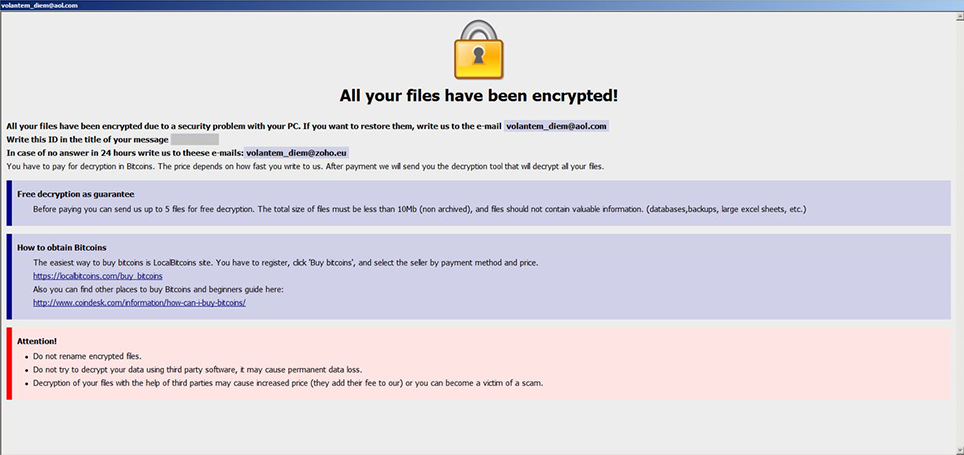
If you find that your files have been encrypted, you might consider paying but we must warn you that it may not lead to file decryption because the criminals could just take your money and not decrypt your files. Paying is not very wise especially because there is a free decryptor available, developed by Emsisoft. Getting files from backup is also an option but you should first delete .onion virus from your system.
How does .onion virus spread?
According to specialists, .onion virus can infect your system by performing brute force RDP attacks. That basically means that the ransomware logs into your server and infects the system. Usually, ransomware use more basic ways to spread and usually send out thousands of infected emails with attachments to unsuspecting users. When users open those attachments, they end up allowing the ransomware to enter their computers. This is why security specialist warn users not to open email attachments carelessly. Fake downloads are also commonly used. This is why it is not recommended to download anything from dubious sites.
Is .onion virus really that dangerous?
As soon as your computer is infected, it will encrypt most of the files on your computer and delete all shadow copies, which means you will not be able to recover your files that way. It adds the .onion file extension to all affected files so it will be clear which files have been encrypted. A ransom note will then make an appearance. You will obviously be asked to pay a ransom to get your files back but we do not recommend doing that. One of the main reasons is that by paying you would be basically supporting cyber criminals and their future projects. Also, they could just take the money and leave your files encrypted. In the end, the choice is yours but investing that money into backup would be a more reasonable choice. Had you had backup, you could just remove .onion virus and get your files back. Additionally, Emsisoft’s Fabian Wosar has developed a decryptor that should be able to recover your files. Before carrying out .onion virus removal, you should check the instructions for file decryption available on their site.
.onion virus removal
Anti-malware software would be needed to delete .onion virus because those programs are designed to deal with problems like this. If you try to remove .onion virus manually, you could end up damaging your computer. Unfortunately, anti-malware programs will not be able to decrypt your files even if you erase .onion virus.
Offers
Download Removal Toolto scan for .onion virusUse our recommended removal tool to scan for .onion virus. Trial version of provides detection of computer threats like .onion virus and assists in its removal for FREE. You can delete detected registry entries, files and processes yourself or purchase a full version.
More information about SpyWarrior and Uninstall Instructions. Please review SpyWarrior EULA and Privacy Policy. SpyWarrior scanner is free. If it detects a malware, purchase its full version to remove it.

WiperSoft Review Details WiperSoft (www.wipersoft.com) is a security tool that provides real-time security from potential threats. Nowadays, many users tend to download free software from the Intern ...
Download|more


Is MacKeeper a virus? MacKeeper is not a virus, nor is it a scam. While there are various opinions about the program on the Internet, a lot of the people who so notoriously hate the program have neve ...
Download|more


While the creators of MalwareBytes anti-malware have not been in this business for long time, they make up for it with their enthusiastic approach. Statistic from such websites like CNET shows that th ...
Download|more
Quick Menu
Step 1. Delete .onion virus using Safe Mode with Networking.
Remove .onion virus from Windows 7/Windows Vista/Windows XP
- Click on Start and select Shutdown.
- Choose Restart and click OK.

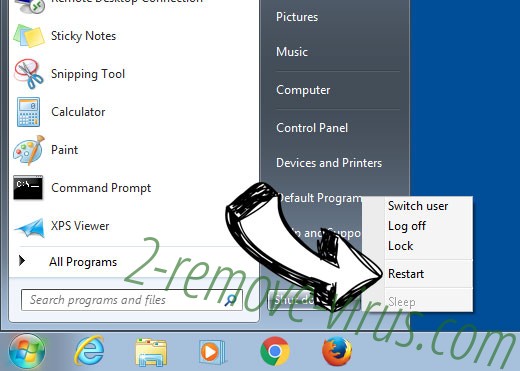
- Start tapping F8 when your PC starts loading.
- Under Advanced Boot Options, choose Safe Mode with Networking.

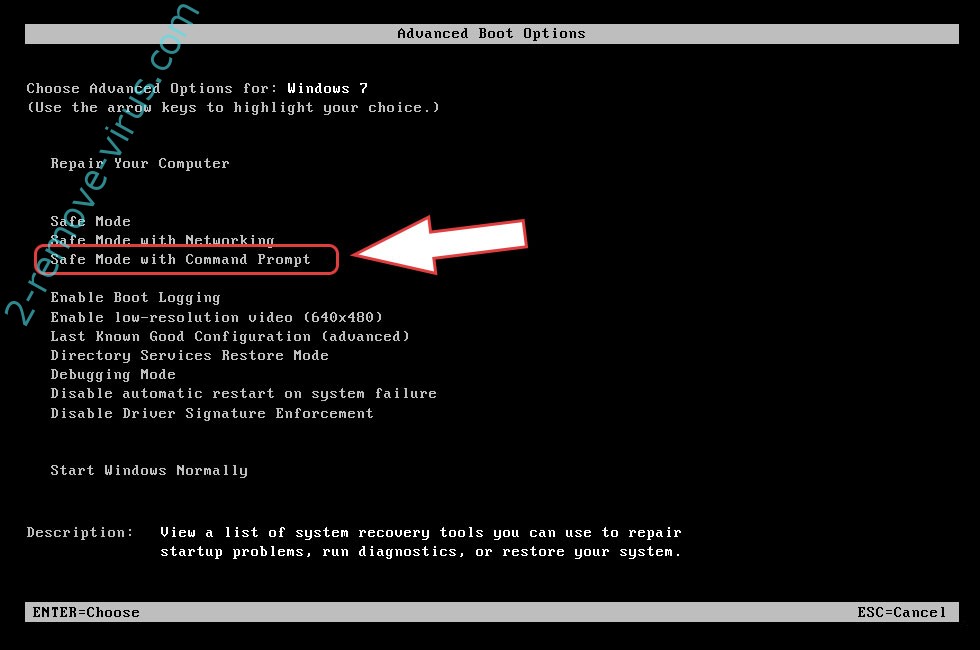
- Open your browser and download the anti-malware utility.
- Use the utility to remove .onion virus
Remove .onion virus from Windows 8/Windows 10
- On the Windows login screen, press the Power button.
- Tap and hold Shift and select Restart.

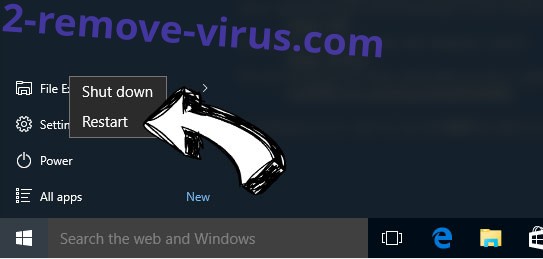
- Go to Troubleshoot → Advanced options → Start Settings.
- Choose Enable Safe Mode or Safe Mode with Networking under Startup Settings.

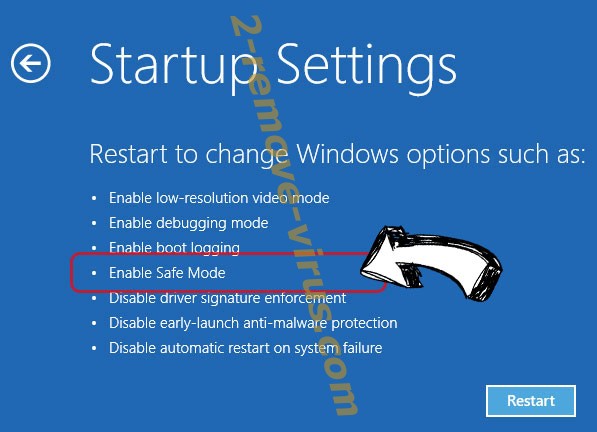
- Click Restart.
- Open your web browser and download the malware remover.
- Use the software to delete .onion virus
Step 2. Restore Your Files using System Restore
Delete .onion virus from Windows 7/Windows Vista/Windows XP
- Click Start and choose Shutdown.
- Select Restart and OK


- When your PC starts loading, press F8 repeatedly to open Advanced Boot Options
- Choose Command Prompt from the list.

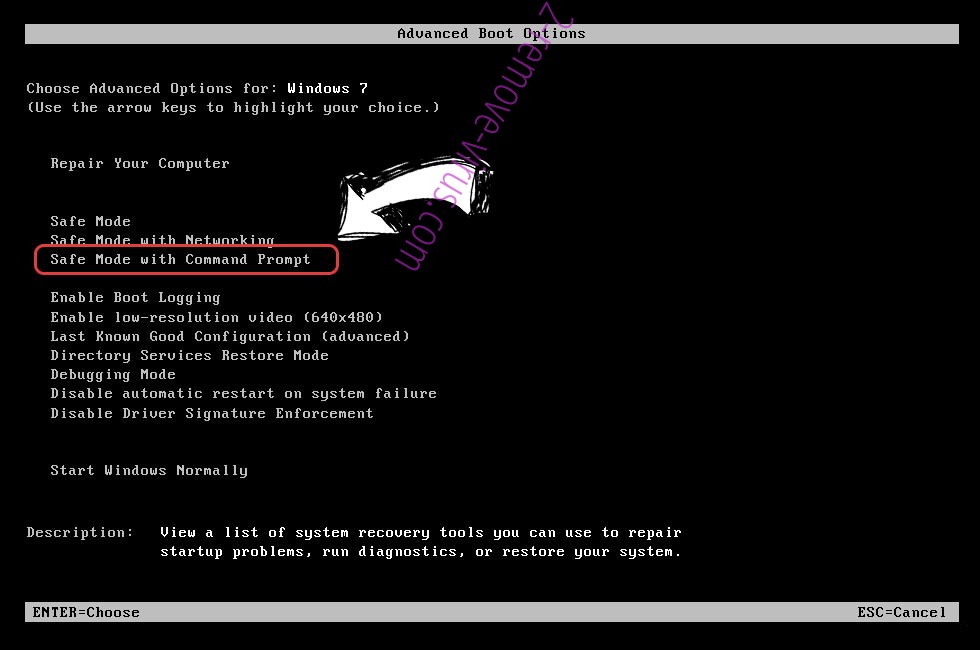
- Type in cd restore and tap Enter.

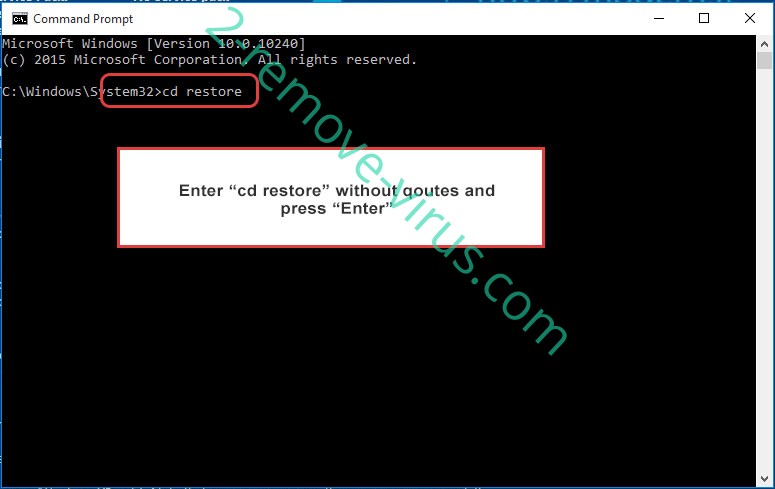
- Type in rstrui.exe and press Enter.

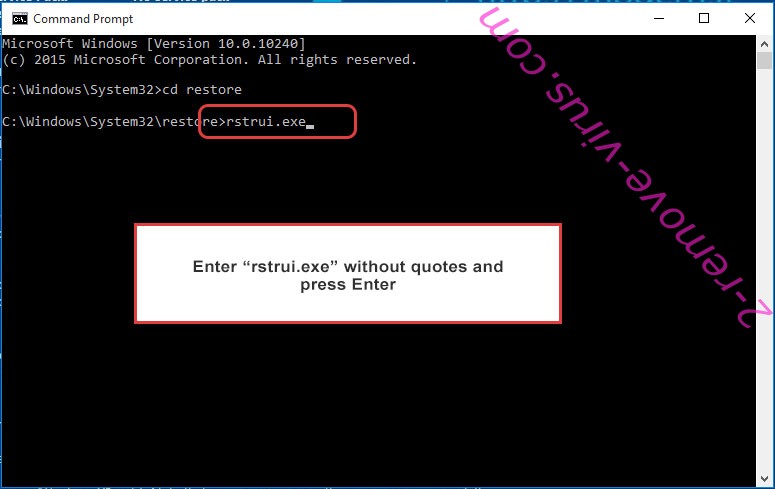
- Click Next in the new window and select the restore point prior to the infection.

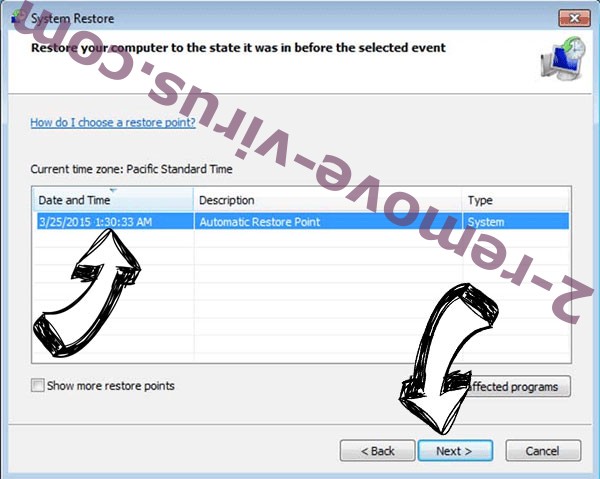
- Click Next again and click Yes to begin the system restore.

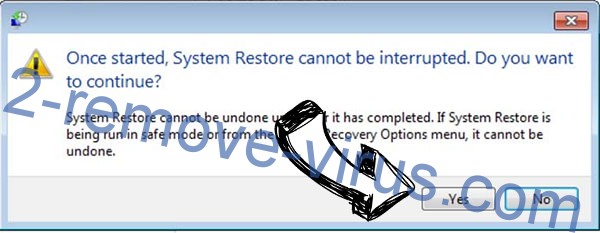
Delete .onion virus from Windows 8/Windows 10
- Click the Power button on the Windows login screen.
- Press and hold Shift and click Restart.


- Choose Troubleshoot and go to Advanced options.
- Select Command Prompt and click Restart.

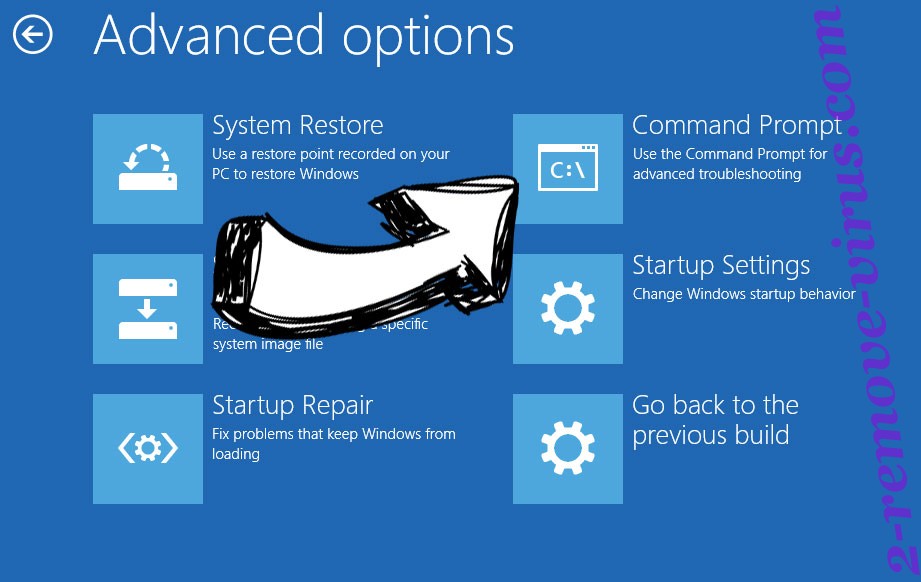
- In Command Prompt, input cd restore and tap Enter.


- Type in rstrui.exe and tap Enter again.


- Click Next in the new System Restore window.

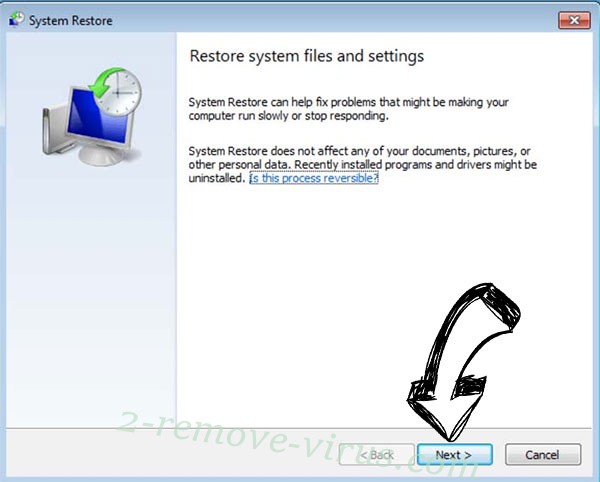
- Choose the restore point prior to the infection.


- Click Next and then click Yes to restore your system.


Site Disclaimer
2-remove-virus.com is not sponsored, owned, affiliated, or linked to malware developers or distributors that are referenced in this article. The article does not promote or endorse any type of malware. We aim at providing useful information that will help computer users to detect and eliminate the unwanted malicious programs from their computers. This can be done manually by following the instructions presented in the article or automatically by implementing the suggested anti-malware tools.
The article is only meant to be used for educational purposes. If you follow the instructions given in the article, you agree to be contracted by the disclaimer. We do not guarantee that the artcile will present you with a solution that removes the malign threats completely. Malware changes constantly, which is why, in some cases, it may be difficult to clean the computer fully by using only the manual removal instructions.
